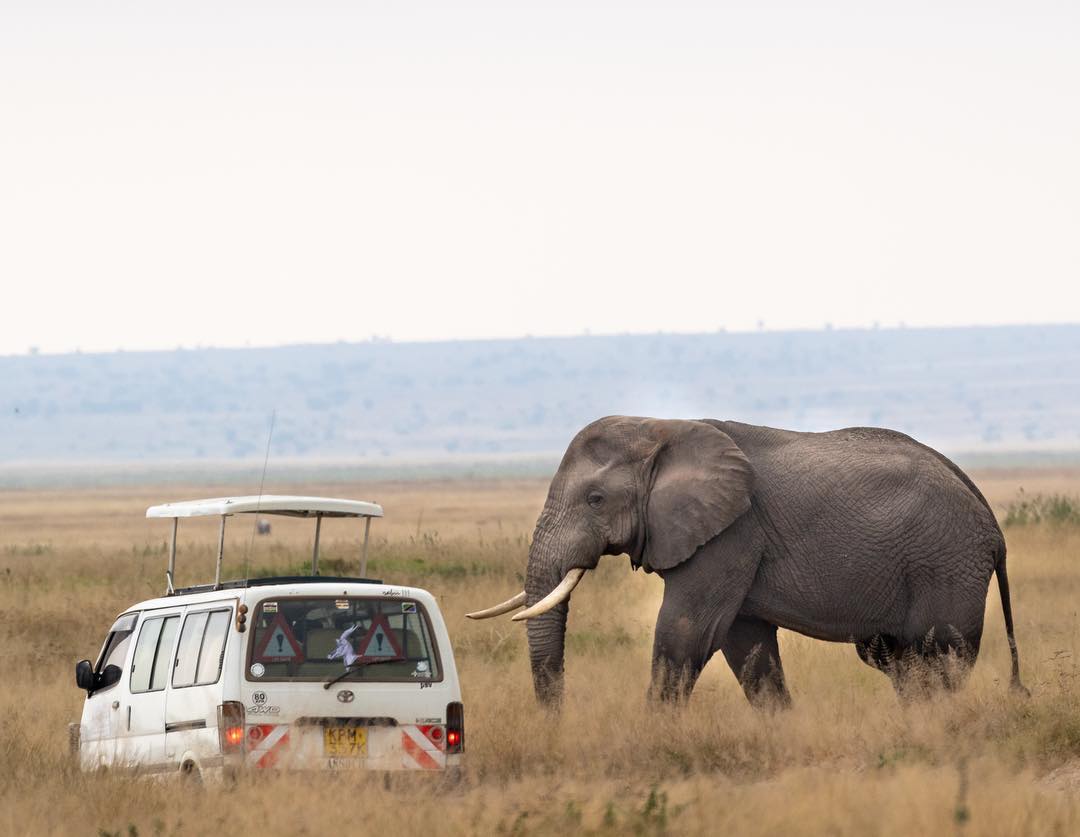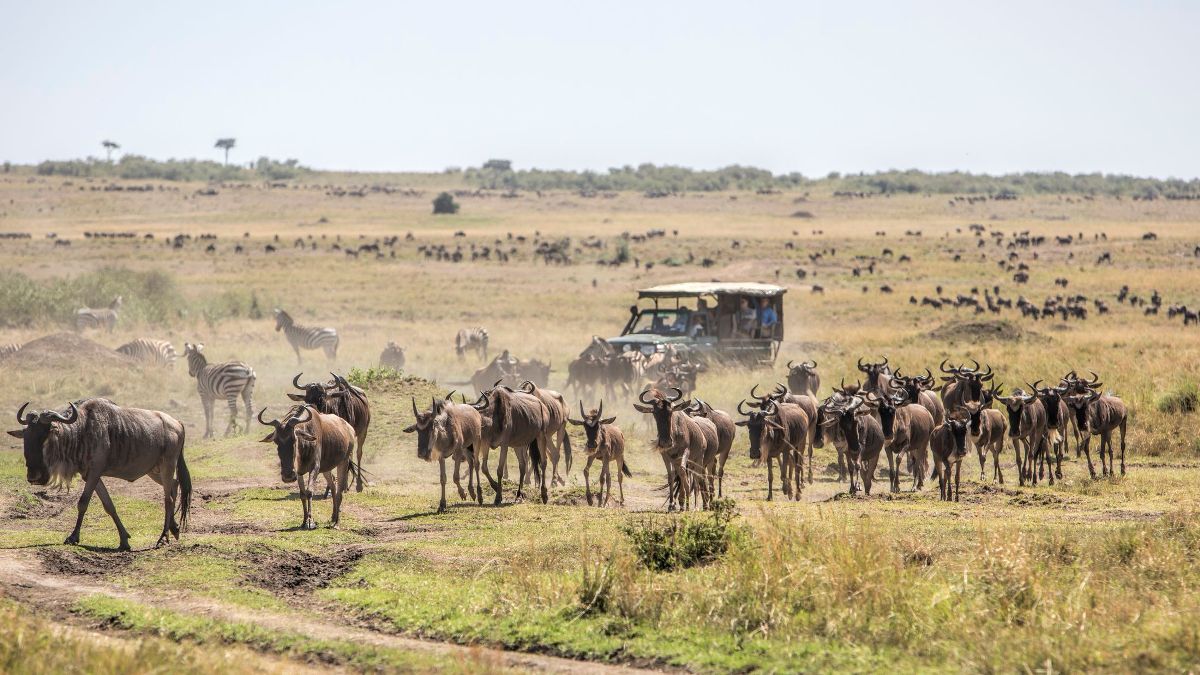
Planning your first safari? You’re not alone! Whether you’re headed to Kenya’s Maasai Mara, Tanzania’s Serengeti, or Uganda’s Queen Elizabeth National Park, one of the biggest questions travelers ask is: What should I wear?
The East African bush demands smart choices both in comfort and in style. This guide will walk you through everything you need to know, from the right colors to the best shoes. Let’s dive in

🌍 Why Safari Style Matters
While it might be tempting to throw in your usual summer clothes, a safari environment is unique. You’ll be in open vehicles, exposed to sun and dust, and occasionally stepping into the wild for guided walks. Therefore, your clothing should serve both function and fashion.
Neutral colors like beige, olive, and khaki aren’t just trendy—they help you blend in with the environment and keep insects away. At the same time, breathable fabrics will keep you cool during the day and layered looks will protect you from early morning chills.
👕 What to Pack: Head-to-Toe Safari Outfit Checklist
👚 Tops
Start with lightweight, long-sleeved shirts. They offer sun protection and keep mosquitoes at bay. Linen and cotton are excellent choices.
👖 Bottoms
Pack cargo pants or convertible trousers that zip off into shorts. These offer flexibility as temperatures rise and fall throughout the day.
👟 Shoes
Comfort is key. Bring light hiking boots for bush walks and slip-ons or sandals for relaxing at camp. Above all, ensure they’re broken in!
🧥 Outerwear
Although Africa is warm, early mornings can be chilly especially on sunrise game drives. A fleece jacket or lightweight windbreaker is ideal.
🎒 Accessories
Don’t forget the little things that make a big difference:
-
Wide-brimmed hat for sun protection
-
Polarized sunglasses for game viewing
-
Scarf or buff to cover your face from dust
-
Small backpack for water, camera, and essentials
🩱 Bonus Items
Yes, pack a swimsuit many safari lodges have pools! You might also bring flip-flops for showering or lounging.
🌦️ Dress for the Weather
East Africa’s weather varies, especially with altitude. Mornings can be brisk while afternoons get quite hot. Hence, layering is your best friend.
Also, consider the season you’re traveling in:
-
Dry season (June–October): Cooler mornings, warm days.
-
Wet season (March–May, November): Light rain jacket recommended.
📸 Style Meets Function: Safari Outfit Inspiration
If you’re wondering how to look good while staying practical, you’re in luck. Today’s safari wear blends style with performance. Look for:
-
Earth-tone utility shirts with pockets
-
Tailored cargo pants or joggers
-
Leather or canvas crossbody bags
-
Local brands with sustainable practices
Not only do these choices work well in the field, but they also look great in your travel photos
🚫 What Not to Wear
Some clothing can be a safety hazard or attract unwanted attention from insects. Avoid the following:
-
Bright colors (especially red and blue)
-
Black or navy – tsetse flies love them!
-
Noisy fabrics that rustle with movement
-
Heavy perfume or strong scents
These choices can scare off wildlife—or invite the wrong kind of attention.
📦 Final Packing Checklist
To make things easy, here’s a simplified list of must-haves:
✅ 3–5 long-sleeved shirts
✅ 2–3 pairs of trousers
✅ 1 pair of shorts
✅ 1 fleece or jacket
✅ 1 hat + sunglasses
✅ Sturdy shoes + sandals
✅ Swimsuit + sleepwear
✅ Scarf or buff
✅ Small daypack
✅ Sunscreen, insect repellent, hand sanitizer
🛫 Bonus: Airport to Safari Outfit Tips
If you’re going straight from a long-haul flight to your lodge, dress smart. A breathable t-shirt, light cardigan, and stretchy pants can transition easily from airport to safari. Plus, you’ll look polished upon arrival.
✨ In Conclusion
A safari is a once-in-a-lifetime adventure and you don’t need to sacrifice comfort or style. With the right clothing choices, you’ll stay cool, protected, and photo-ready. So pack smart, think layers, and enjoy every wild moment!
